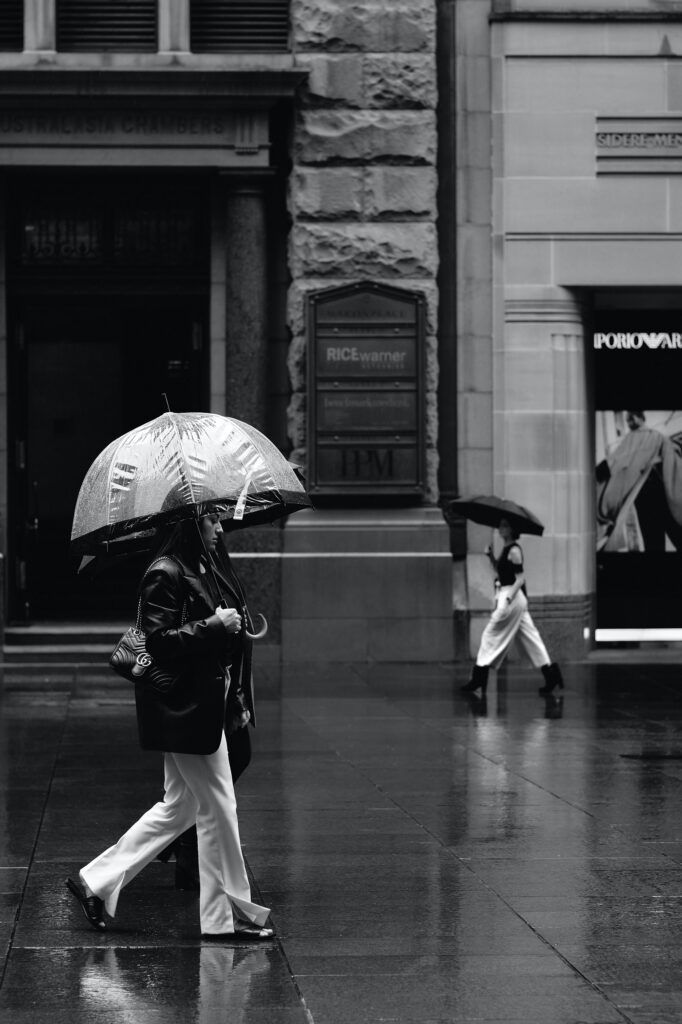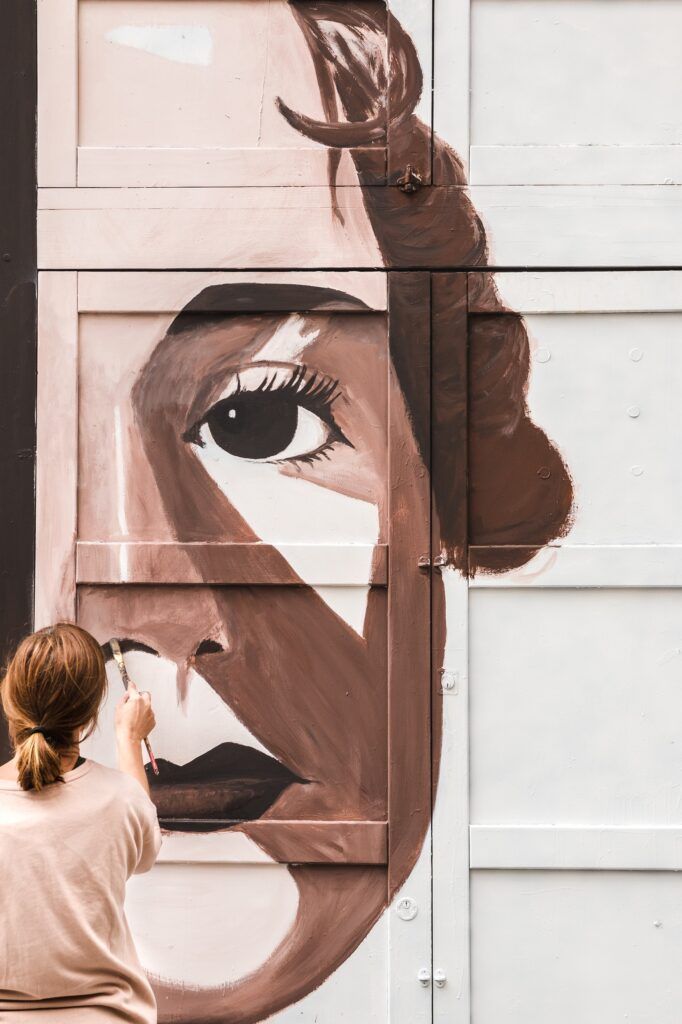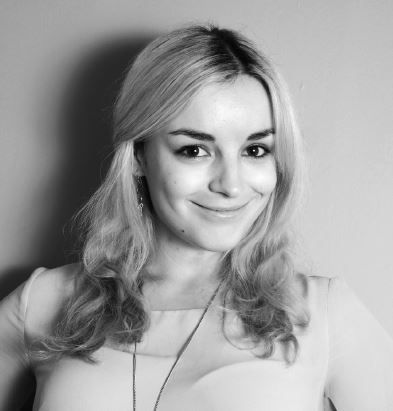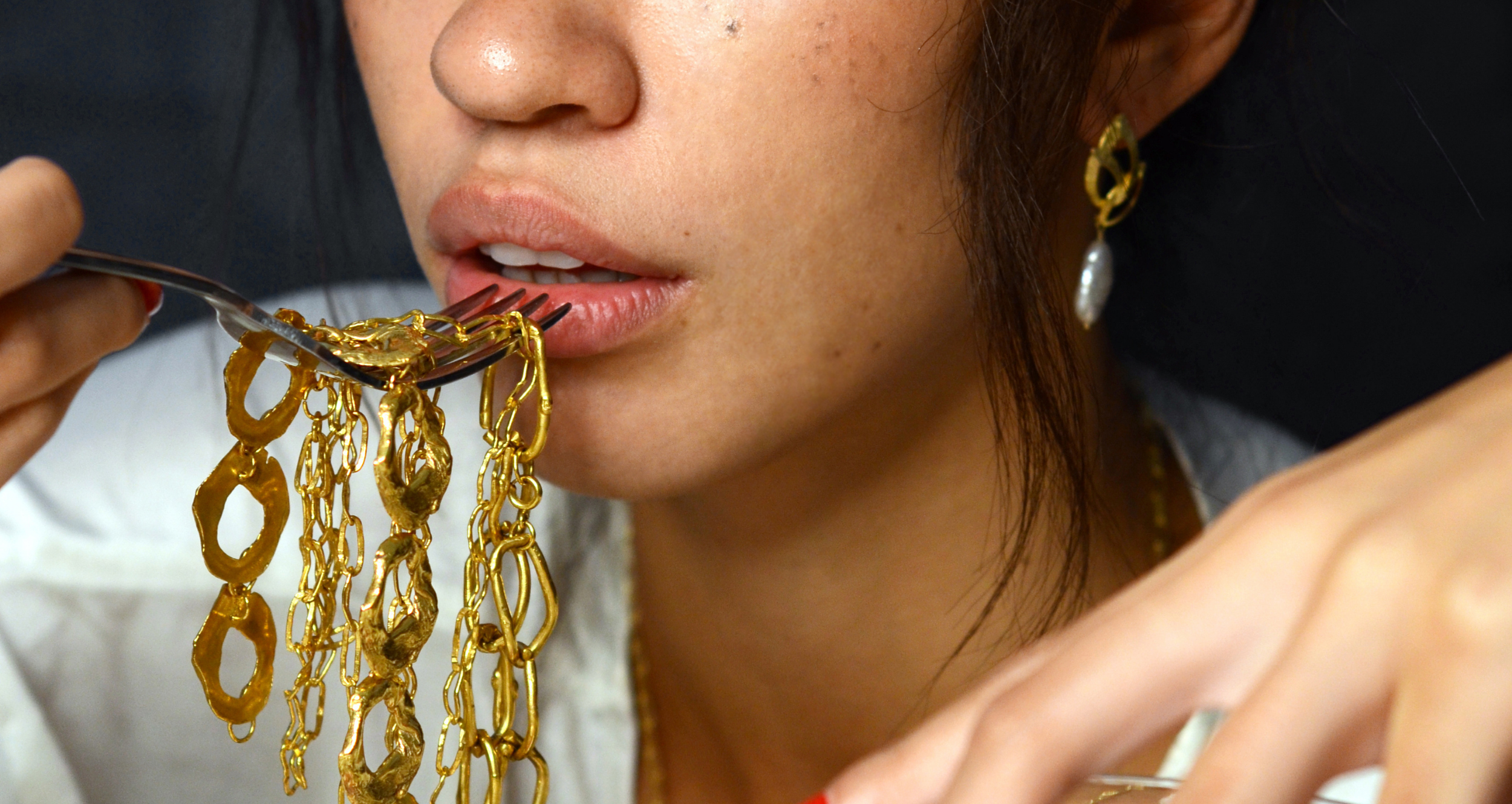In the age of the smartphone, it’s said that everyone thinks they are a photographer. These days, becoming known as a master of art takes a bit more than just knowing how to point and click.
When you look back through history at the great Masters of Photography, you’ll see that they all break the mold. They step away from what everyone else is producing to create timeless and stunning images that break out of conformity.
If you want to be numbered among them, you need to develop your style as a photo visionary. So, how can you do it? Well, if it was easy, everyone would do it, but this guide will set you on the right path!
Here is what we will cover:
- Knowing art history
- Finding a new way to look at things
- Smashing genres together
- Breaking all of the rules
Recommended Reading: Want to learn how to make your photos stand out from everyone else’s? Grab a copy of Photzy’s Effective Storytelling premium guide.
Knowing Art History
If you’re trying to become the most visionary photographer of the future, you might wonder why you would ever need to investigate the past.
The simple fact is, you won’t know if what you’re doing is new… if you don’t know about the photographers who have gone before you.

In this image reminiscent of the decisive moment, the photographer waited to capture two subjects walking towards each other to create symmetry. Photograph by Ivan Tsaregorodtsev
Understanding not just the history of photography but also art will help you to see what has been done in the past. You’ll understand how certain photographers became visionaries. For example, Henri Cartier-Bresson’s whole body of work is known as iconic because of his concept of the decisive moment – that there would always be a particular moment when a shot would come together. In search of that moment, he was prepared to find his location and then simply wait for the frame he wanted to appear.
The simple fact is, you won’t know if what you’re doing is new… if you don’t know about the photographers who have gone before you.
Each visionary works with their own concepts and rules, creating their own visual universe. Studying the masters of before – and the budding masters of today – will help you to see how a unique mindset, strongly developed skill, and knowledge of the rules of photography can create a visionary.
Key Lesson: The more you know about the past, the better equipped you will be to usher in the future.
Finding a New Way to Look
Seeing is an art, and where photography is concerned, it’s a key one.
The way you see will influence the photographs that you take. Where one person might look at a block of apartments and see a home, another might see the planes, angles, and dimensions of architectural photography. But there are also unique ways to apply your gaze, which is naturally developed by the subjects you pursue.

Learning to paint can open your eyes to new ways of seeing photographically. Photograph by Sergio Rodriquez – Portugues del Olmo
There are ways you can deliberately push yourself to see things in a new way. Try a new style of photography for a week, for example. Or you could take a course in a different kind of discipline – all of the arts overlap in some way, and you won’t know that until you try it. Change your perspective: get down low or up high. Turn your camera upside down. Whatever it takes, try new ways of seeing until you find one that clicks for you.
Key Lesson: Everyone can look at an orange and see an orange. But an illustrator might see lines and texture, a sculptor might see the dimension, and a photographer might see light and shade. Develop new ways of seeing within yourself to find a unique angle for your photographs.
Smashing Genres Together
Another way to change your way of seeing is to smash two genres together.
This might not make sense at first, but think of it this way: when a motor racing photographer looks at a car, they see the lines of a car in all the ways they are familiar with. But when a portrait photographer looks at a car, they’ll probably take photographs from completely different angles. And when a motor racing photographer looks at a model, their approach might be different too.

There’s something quite sensual about a flower photographed with a specific kind of gaze! Photograph by Ron Whitaker
So, try this out by melding two different ways of seeing together. Maybe you’ve been a portrait photographer for a while, so go out and take pictures of architecture in your nearest city. The key thing is not to study up and try to take pictures as an architectural photographer would. It’s to approach a building as if they were a model.
A completely fresh take on a certain type of photography can feel unique and new. This is a great way to stretch your muscles, and you may even find your own visionary style this way. Think of the way that Robert Mapplethorpe photographed flowers as if they were nude bodies – now his work is seen as iconic and revolutionary.
Key Lesson: Putting two genres together can reveal a new way of approaching a subject, different from what you may have seen others create in the past, and this is a sign that you’re onto something exciting!
Breaking All of the Rules
Just as it’s important to understand history to recognize if something is new, it’s also important to know all the rules of photography before you break them.
The rules of photographic composition are, for the most part, what might make you feel like your photographs conform to the usual standards. Some of the compositional rules you’re probably aware of include the following:
- The golden ratio
- The rule of thirds
- Symmetry
- Centering your subject
- The rule of odds
- Straight horizon lines
- Leading lines
- Negative space
- Balance
- Pattern and repetition

This image would be nowhere near as arresting if the pattern of the berries wasn’t broken by the one interloper! Photograph by Rodion Kutsaev
Part of your training and development as a photographer is learning how to use all these rules to create stronger photographs. You know by now that if you have three elements and you place them at equal distances across the frame with negative space around them, you’ll probably create quite a stunning photograph.
Part of your training and development as a photographer is learning how to use all these rules to create stronger photographs.
But what happens when you break those rules? When you place one of those objects just slightly off from the right position, or turn it on its side so it breaks the pattern? You can create something a lot more arresting. Because our brains unconsciously know and understand these rules, when we see something that deliberately and forcefully breaks them, it can make us stop and stare.
This technique is used in advertising all the time. You’ve probably seen it before. A familiar scene or character, but with one obvious thing changed. It makes you take notice. And when you deliberately break the rules of photography, that’s when your photographs can cross the line from pretty into visionary.
Key lesson: Don’t be afraid to break all the rules, but only when you know them well enough to understand how to break them. Get a good foundation of photography skills first so that you can understand how and why a photograph is more stunning in one composition than in another.
Recommended Reading: Want to learn how to make your photos stand out from everyone else’s? Grab a copy of Photzy’s Effective Storytelling premium guide.
Conclusion
Becoming a photo visionary isn’t easy, and it won’t happen overnight, but you can develop your own non-conformist style with the following tips:
- Know and understand the history of art and photography to inform yourself on the difference between the new and the just new to you.
- Study the great masters to understand the mindsets that drove them to be visionaries.
- Develop your way of seeing through different mediums and interests, not just photography.
- Combine two genres to get a fresh take on old subjects.
- Learn the rules of photography to understand how strong compositions work, and why.
- Break the rules in deliberate and informed ways to create even stronger and more stunning photographs.

Photograph by Rhiannon D’Averc for London Runway
Self-Check Quiz:
- Why should you investigate the history of art as well as photography?
- What was Cartier-Bresson’s technique that made his work famous?
- How can different kinds of art practice help you to develop your photography?
- If you want to combine two genres by trying something new, should you spend time studying up how photographers in that genre make their shots and try to copy them?
- What are some of the rules of photographic composition? Name five and explain what they mean.
- How can breaking the rules make a photograph more exciting?
Learning Assignment:
The best way to become a photographic visionary is to take photographs. Here’s how you can combine all our tips from this guide into one impressive challenge:
- Choose an old Master of Photography. Your possibilities are wide open, but they should be someone whose work appeals to you and is different from your work so far.
- After studying their body of work and their mindset, go out to intentionally take photographs that look like the ones they created.
- Now that you’ve tried their technique on their subjects, try applying it somewhere else. Can you photograph a completely different kind of subject with the same philosophy?
- What were the rules of composition that this old master would use time and time again? What happens if you deliberately break this rule when trying out their technique?
- Finally, think about what you’ve learned and how to apply it to your own work. Did you enjoy the results, or are they completely different from what you want to do? How can you use this learning to change your own images into something visionary?














